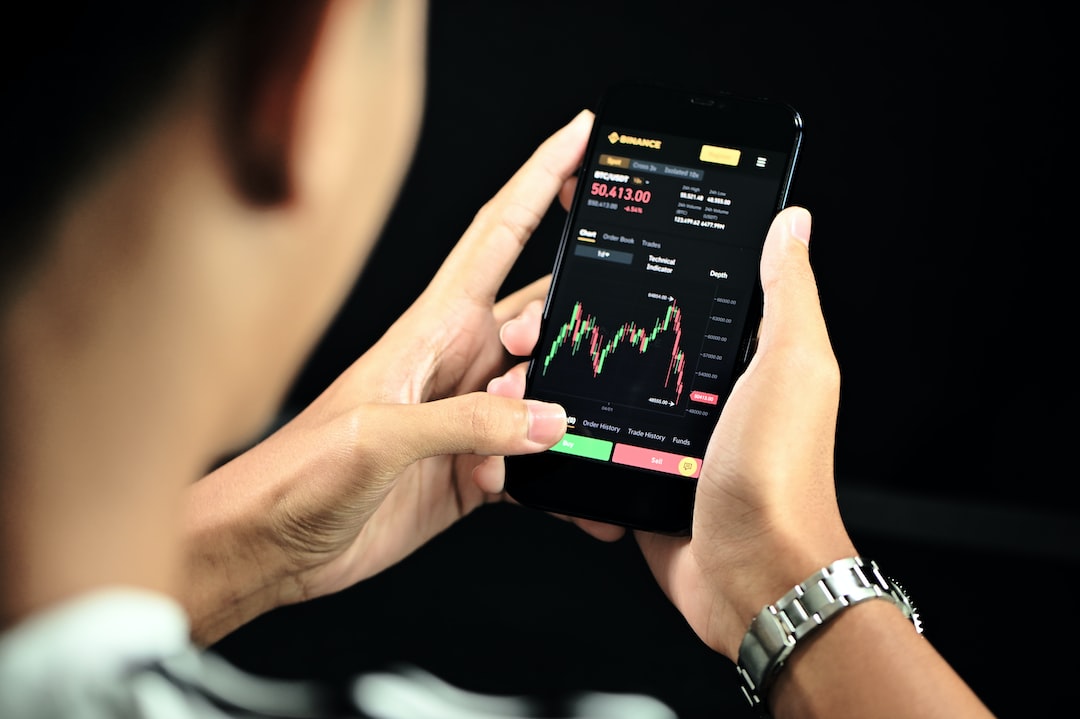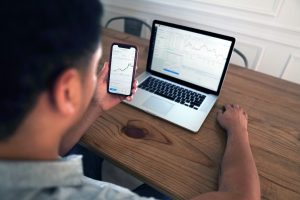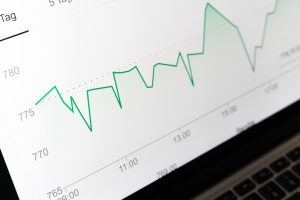Forex or foreign exchange is a decentralized market where the world’s currencies are traded. Banks are one of the largest players in the forex market, accounting for approximately two-thirds of all forex trading. Banks trade forex on behalf of their clients, as well as for their own profit. In this article, we will explain how banks trade forex.
Banks act as intermediaries between buyers and sellers in the forex market. They facilitate transactions between parties by providing liquidity and market access. Banks have direct access to the interbank market, which is a network of banks that trade with each other. This allows them to offer competitive prices to their clients.
Banks trade forex in two main ways – spot trading and forward trading. Spot trading is the most common way of trading forex. It involves buying or selling currencies at the current market price, with delivery and payment happening within two business days. Forward trading, on the other hand, is a contract between a buyer and seller to exchange currencies at a predetermined price and date in the future. This allows banks and their clients to lock in exchange rates and mitigate currency risk.
Banks use a variety of tools and strategies to trade forex. One of the most common strategies is arbitrage. This involves buying and selling currencies simultaneously in different markets to take advantage of price discrepancies. Banks also use technical analysis to identify trends and patterns in currency movements, which can help them make trading decisions. Fundamental analysis is another approach, which involves analyzing economic and political events to determine their impact on currency prices.
Banks also use leverage to increase their trading capacity. Leverage allows traders to control a large amount of currency with a small initial investment. For example, if a bank has a leverage ratio of 100:1, it means they can control $100 worth of currency for every $1 of their own money invested. While leverage can increase potential profits, it also increases the risk of losses.
Banks also use hedging strategies to manage currency risk. Hedging involves taking a position in the market that offsets potential losses in another position. For example, if a bank has a client who is exposed to currency risk, they may use a currency swap to hedge their exposure. A currency swap involves exchanging currencies at a predetermined rate and date, with the intention of reversing the transaction at a future date.
Banks also trade forex for their own profit. This is known as proprietary trading. Proprietary trading involves using a bank’s own money to make trades in the forex market. Banks employ highly skilled traders to make these trades. They use a variety of strategies and tools, including algorithmic trading, to identify profitable opportunities.
In conclusion, banks play a crucial role in the forex market. They act as intermediaries between buyers and sellers, provide liquidity and market access, and trade forex on behalf of their clients and for their own profit. Banks use a variety of tools and strategies to trade forex, including spot and forward trading, arbitrage, technical and fundamental analysis, leverage, hedging, and proprietary trading. Understanding how banks trade forex can help traders make more informed decisions and navigate the complex world of currency trading.





